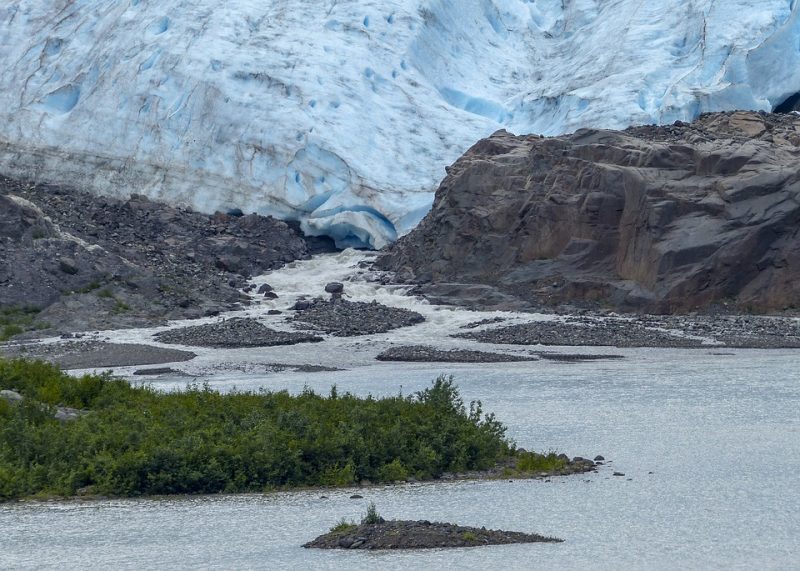
We know from the geologic record that the Earth had to face episodes of global glaciation hundreds of millions of years ago. It is widely thought in the scientific community that volcanoes were able to outgass back then a large amount of volcanic gases – including CO2 – that accumulated in the atmosphere. The greenhouse effect of these gases warmed efficiently the surface of the Earth that was able at some point to escape from complete glaciation.
Besides the Earth, we are currently discovering thousands of extrasolar planets, i.e. planets that orbit stars other than the Sun. Since few years, we have even started to discover for the first time planets that have the size of the Earth and that may also have surface temperatures similar to the Earth. Fortunately, thanks to the forthcoming James Webb Space Telescope, we should be able – within few years – to probe the atmosphere of these potentially habitable planets.
Meanwhile, researchers all over the world have been speculating on what makes a planet habitable like the Earth. And they discovered that there are many reasons to believe that the Earth is the perfect place for life as we know it. It has a magnetic field that protects us from the solar wind. It has a moon that stabilizes its obliquity and thus regulates the climate on the long-term. It has the right amount of water on the surface for both lands and oceans to exist. And much more.
We explored in our Earth and Planetary Science letter one more specificity of the Earth: its ability to escape from episodes of complete glaciation. This was a crucial point for the Earth to remain habitable. By extension, the ability of temperate Earth-size extrasolar planets to escape from episodes of glaciation is relevant for their habitability.
To test this idea, we used a sophisticated 3-Dimensional numerical climate model that is able to simulate the surface and the atmosphere of any terrestrial planet orbiting around any star. This model solves the equations of hydrodynamics, microphysics and radiative transfer. It takes into account the effect of various greenhouse gases and clouds on the climate. With this model, we were able to design numerical experiments of extrasolar planets completely covered by ice, and explored if adding volcanic gases in their atmosphere (mostly CO2) could allow them to escape from glaciation.
The results of this work show that planets that orbit only 15 % further away from their Sun (compared to the Earth) could be permanently locked in global glaciation today. On such frozen planets, the surface temperature at the poles can be so low that the CO2 outgassed by volcanoes would condense and thus be trapped there. It would form permanent polar ice caps made of CO2 ice, widely known as dry ice, that would be similar in nature to the seasonal CO2 ice caps observed on planet Mars today.
This situation could get even more severe for planets that retained at least as much water as the Earth. We show that, on these planets, the CO2 could get trapped under the water ice, permanently, resulting in a planet that would be stuck in a never-ending ice age. This is, in fact, a direct consequence of CO2 ice being denser than water ice.
Eventually, our work demonstrates another evidence that Earth is in just the right place for life as we know it.
This work is part of Martin Turbet’s ongoing research at the Laboratoire de Météorologie Dynamique.









